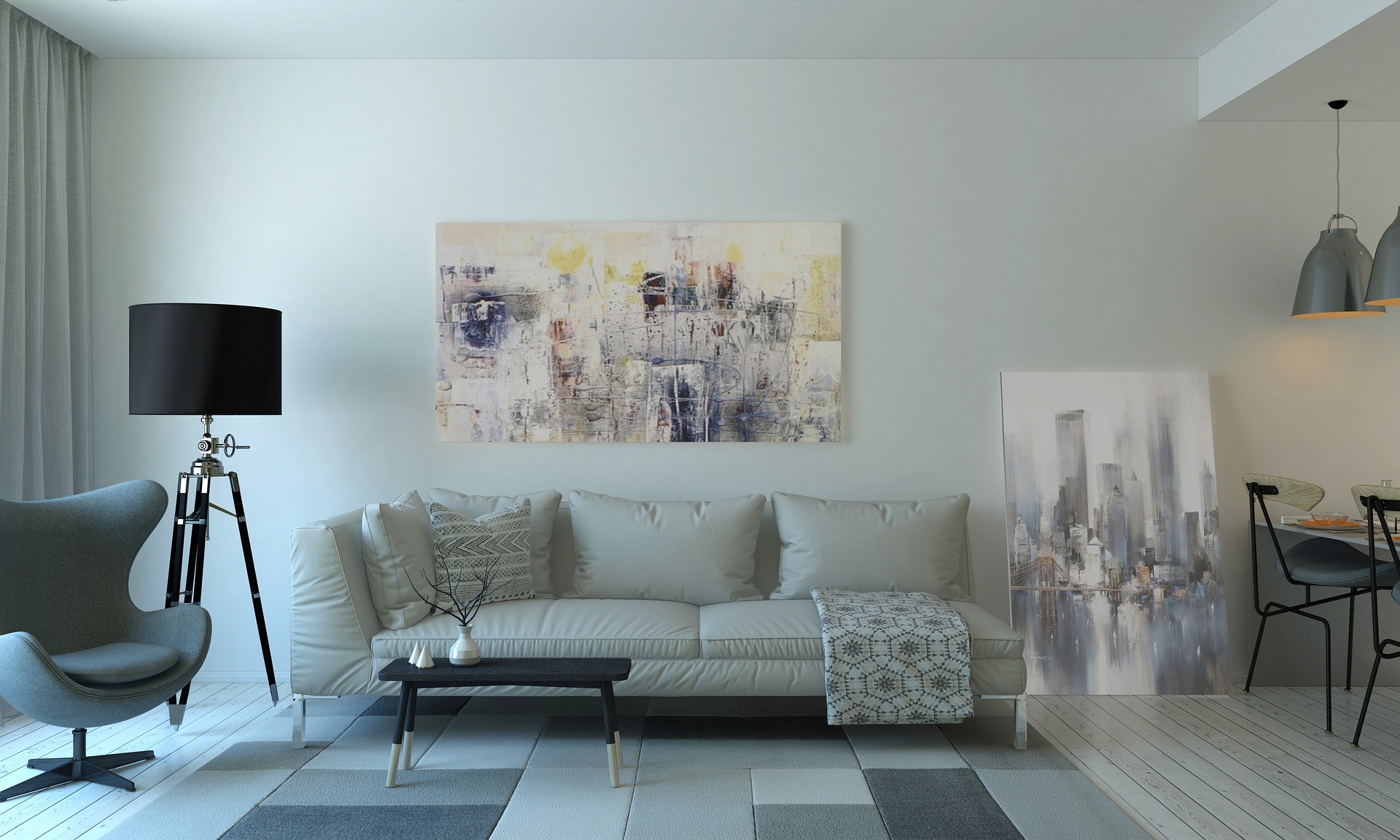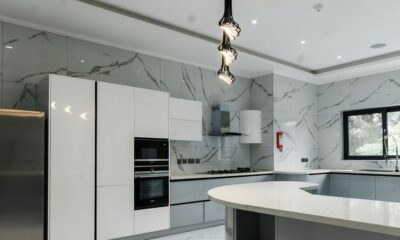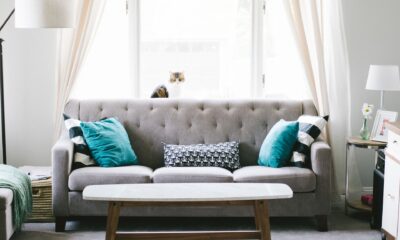Home & Family
Minimalist Interior Design Tips To Always Remember

Minimalist interior design emphasizes geometric forms that are uncluttered, efficient and practical. They strive to eliminate unnecessary items.
Minimalism emphasizes balance, proportion and harmony in every design element – from furniture arrangements to artwork or colors – so it’s essential to consider visual harmony when selecting a minimalist aesthetic.
Less is More
The minimalist approach to interior design emphasizes the essentials. This can be an effective way to keep a home or office neat and uncluttered while still adding comfort.
Minimalist interiors are a popular trend for many reasons, one of the most important being that they make spaces seem less empty and more inviting.
Minimalist interiors often emphasize natural materials and light. Furthermore, they eliminate excess furniture and decorative items to make the space appear larger and more functional.
Clean lines
Clean lines are a crucial element of minimalist interior design, helping to create an uncluttered atmosphere without taking away from the beauty of the space.
Minimalist designs aim to avoid unnecessary decoration and focus on the essentials, like furniture and art. Doing this reduces the need for excess material, helping you save money in the long run.
Modern minimalist interior design typically uses neutral-colored furniture and accessories with pops of one accent color for visual interest or contrast.
Leather is a common element in minimalist interior design, serving to tie the aesthetic together and provide warmth and comfort. It also blends well with other materials and textures present in the room, serving as an effective transitional piece.
Natural light
When designing minimalistic interiors, natural light is one of the key elements. This is because it amplifies white and light-colored surfaces, giving your room a feeling of spaciousness and airiness.
Additionally, it brings out the true colors of your walls, floors and furniture. Additionally, it helps keep your space looking tidy and uncluttered.
However, lighting for minimalist spaces should be kept to a minimum and straightforward. Excess lighting can quickly overwhelm your home and ruin the aesthetic.
Emphasis on form
Minimalist interior design is a style that emphasizes the concept that “less is more.” It emphasizes function and practicality over ornamentation.
The minimalist aesthetic is inspired by Japan’s Zen simplicity and Scandinavian design principles. It is characterized by a pared-down aesthetic with monochromatic color palette and starkly sparse interiors.
Minimalistic interiors often place emphasis on form through how furniture pieces are organized and placed. Doing this helps ensure that the room has a balanced aesthetic and appears unified.
Minimalism in product design
Minimalism is an aesthetic style that emphasizes the use of minimal elements to create visually striking designs. It can be applied to various aspects of product design, such as logos, websites and even mission statements.
The minimalist design aesthetic is all about clearing away unnecessary features to make things simple for customers to use and comprehend. Not only does this reduce clutter, but it can also save production time and costs by eliminating needless components.
Interiors that incorporate minimalistic design can create spacious rooms with a serene and relaxed ambience. Its calming influence is especially appealing to those who seek an uninterrupted space to unwind in.
-

 Foreign Policy7 days ago
Foreign Policy7 days agoInside Schedule F: Will Trump’s Federal Workforce Shake-Up Undermine Democracy?
-

 Press Release6 days ago
Press Release6 days agoIn2space Launches Campaign to Make Space Travel Accessible for All
-

 Press Release2 days ago
Press Release2 days agoNura Labs Files Revolutionary Patent: AI-Powered Wallet Solves the $180 Billion Crypto Staking Complexity Crisis



















